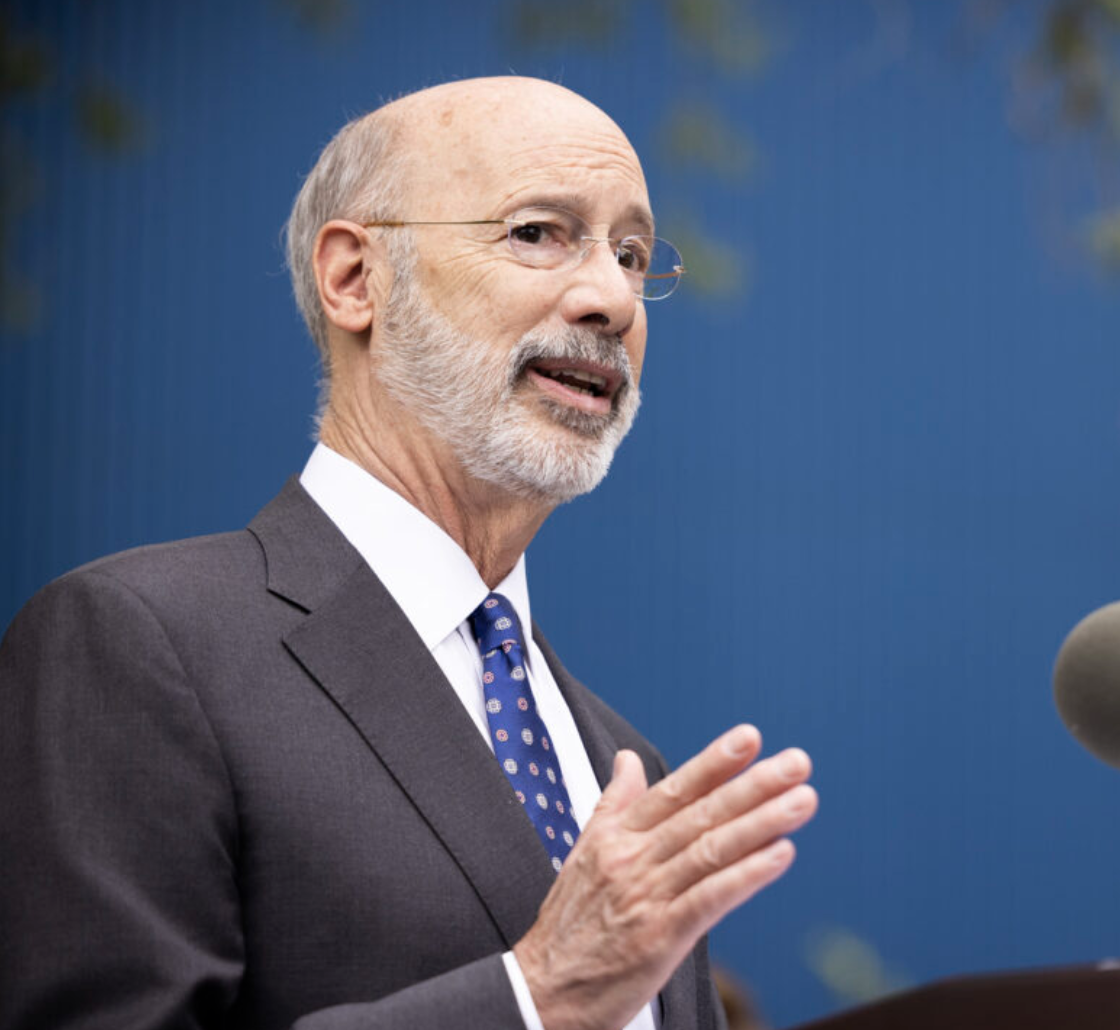Biden’s Keystone ‘Blunder’ Still Being Felt A Year Later, Critics Say

Joe Biden kicked off his presidency on January 20, 2021, by killing the Keystone XL pipeline. For the newly-elected Democrat, it was a message affirming his commitment to green energy policies.
For the energy industry, America’s allies abroad, and skilled workers at home, however, the impacts of Biden’s actions were far more concrete.
“Killing 10,000 jobs and taking $2.2 billion in payroll out of workers’ pockets is not what Americans need or want right now,” Andy Black, President and CEO of the Association of Oil Pipelines, said at the time.
The Laborers’ International Union of North America (LiUNA) called Biden’s decision “both insulting and disappointing to the thousands of hard-working members who will lose good-paying, middle-class family-supporting jobs.
“By blocking this 100 percent union project, and pandering to environmental extremists, a thousand union jobs will immediately vanish and 10,000 additional jobs will be foregone,” the group added.
That was a year ago. How does the decision to end the Keystone pipeline look today?
First, there are the immediate economic impacts. Six months after Biden’s decision, TC Energy pulled the plug on the pipeline, which would have shipped 500,000 barrels a day from Western Canada into the U.S. refining system. Given America’s annual production of 16.5 million barrels a day in 2020, that was not a major loss at the time.
But today, domestic energy supplies are strained and global demand is soaring. U.S. allies in Europe are struggling to meet demand in the winter of 2022. Circumstances are very different from the day Biden blocked Keystone.
“Biden’s hurt us,” says H. Sterling Burnett, Ph.D., Senior Fellow on Environmental Policy for the Illinois-based Heartland Institute. “There’s no question about that.”
Neal Crabtree, a welding foreman from Fouke, Ark., lost his job when Biden pulled the pipeline’s permit. But he says he has bigger concerns than his own paycheck.
“I was worried by the tone being set by the Biden administration,” Crabtree said. “A direct attack on energy in this country seemed to be the president’s highest priority.
“Now we’re seeing rising energy prices. Private companies are reluctant to develop new pipelines because of the outrageous permitting process. Pipelines, just like roads and bridges in this country, are aging. To neglect our pipelines is a dangerous thing. We saw how dependent we are on them when the Colonial Pipeline was shut down last year.”
Dan Kish, Distinguished Senior Fellow for the Washington, D.C.-based Institute for Energy Research, agrees. “We saw it as a body blow to American energy security,” he said.
And, some energy experts say, it is not just that Biden blocked a pipeline. He blocked Keystone, a project that went over and above to address issues like carbon emissions, safety standards, and cooperation with indigenous people impacted by the pipeline.
“When Biden shut down Keystone, which really was bending over backward to do everything right from the Democrats’ perspective — and Biden still killed it — that sent a message to the entire industry that it didn’t matter what you did, this administration wanted to shut you down,” said Dan K. Eberhart, CEO of Canary, one of the largest oilfield service companies in the country.
TC Energy had pledged to operate Keystone as a “net-zero emissions level,” the first of its kind commitment in the industry. And operating in Canada meant working under some of the most stringent environmental and safety regulations in the world.
The pipeline managers also had reached agreements with Native Americans as well, entering a $1 billion equity agreement with a group of five Alberta and Saskatchewan First Nations.
“I would say ‘President Biden, I do believe you made a bad decision putting Keystone on the backburner,’” said Saskatchewan First Nation Chief Alvin Francis just days after Biden’s decision. “This could change the outlook of all First Nations in Canada and the US.”
It has certainly changed the mood between Ontario and Washington, D.C. Keystone was in many ways primarily a Canadian project. Biden’s reversal on the pipeline, as well as proposed subsidies for U.S.- made electric vehicles, has heightened tensions between the two allies.
Closing Keystone has not strengthened America’s hand with its potential enemies, either. Biden has been left in the awkward position of lobbying Congress to keep the Nord Stream 2 pipeline open, even as Russian President Vladimir Putin continues threatening a possible invasion of Ukraine. And less oil from Canada and the U.S. on the global market means more demand for products from Russia, Libya, and Venezuela.
“This was a missed opportunity to increase North American energy security, lower costs for American consumers, and reduce dependence on foreign energy sources that are hostile to U.S. interests,” says Frank Macchiarola, Senior Vice President of Policy, Economics and Regulatory Affairs at American Petroleum Institute (API)
If Biden’s goal was to keep the oil in the ground, it didn’t work. Canadian oil production remained strong throughout 2021 and is expected to hit a new record in 2022, according to the International Energy Agency.
Is it possible Biden would reconsider Keystone XL, having just recently reached out to OPEC to increase production and help bring down gas prices? Burnett says that is unlikely.
“Biden is imposing methane regulations on the industry that the Trump administration decided were not necessary for public health and safety. Biden has agreed to block new natural gas pipelines and new natural gas power stations, so he’s helping create energy shortages in the U.S. and approving pipelines from Russia as opposed to shipping our gas,” Burnett said.
“Biden’s view seems to be ‘Energy is good for the world, but not for the United States,’” he added.





